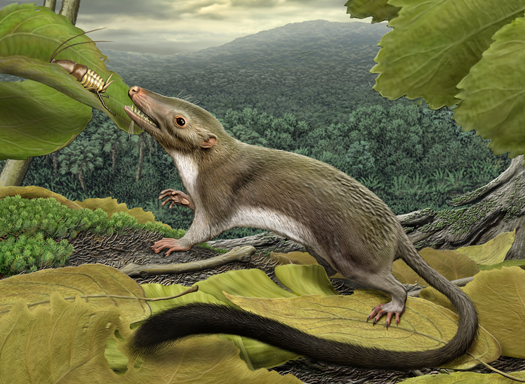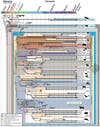Scientists Reconstruct Scampering Common Ancestor Of All Us Placental Mammals
A detailed tree of life maps out the evolution of placental mammals--a group that includes whales, bats, and humans--and traces the myriad forms of life to their shared parent.

After six years of collaboration between over twenty scientists from research institutions across the country, researchers have completed the most comprehensive picture of mammalian ancestry to date. Using a combination of physical and genetic data, the researchers reconstructed the family tree of placental mammals–a group that now comprises over 5,100 species–and traced its many branches back to a common ancestor.
The tree’s huge wealth of anatomical data allowed the researchers to reconstruct what that common ancestor probably looked like:
It was mouse-size and grey-brown, with a furry tail. It ate insects. It gave live birth to naked, squirmy babies, and its descendants diversified to fill all the ecological vacancies left by the recently-departed dinosaurs. There were a lot of vacancies, and within just a few hundred thousand years–a blink of the evolutionary eye–the mammalian lineage branched into a wide array of creatures that, in time, would become the ancestors to every placental mammal–from whales to horses to bats to humans–living today.
